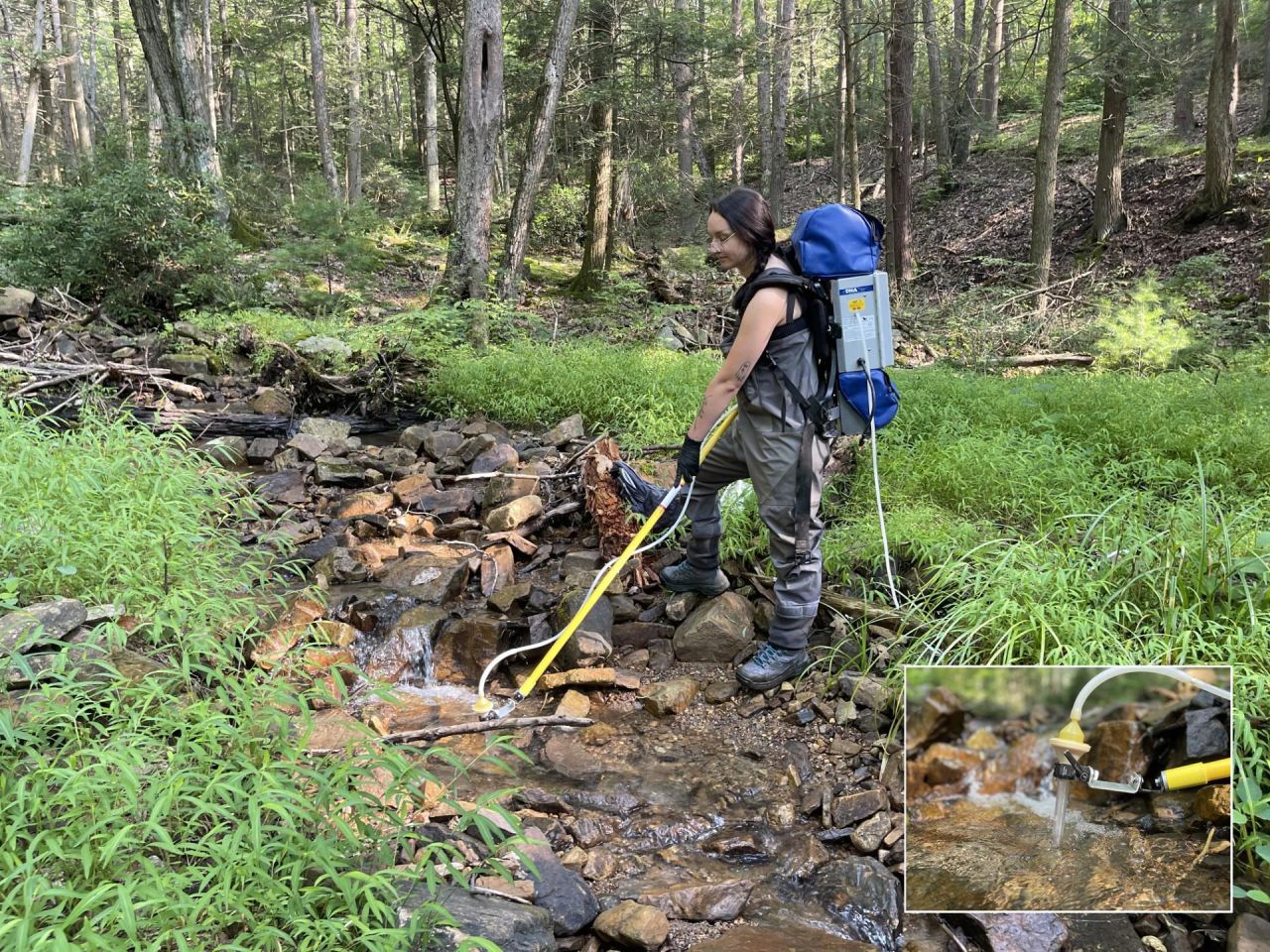August 22, 2024
$1.95M NSF grant to fund novel study of environmental DNA fate in streams
A bottle of water sampled from a lake or river can reveal what fish, amphibians insects and bacteria are present, thanks to environmental DNA, the genetic material shed by organisms. This way of measuring transforms scientists’ ability to determine the extent of aquatic life in various water bodies, according to a team led by Daniel Allen, assistant professor of aquatic ecology in Penn State’s College of Agricultural Sciences.

A bottle of water sampled from a lake or river can reveal what fish, amphibians insects and bacteria are present, thanks to environmental DNA, the genetic material shed by organisms. This way of measuring transforms scientists’ ability to determine the extent of aquatic life in various water bodies, according to a team led by Daniel Allen, assistant professor of aquatic ecology in Penn State’s College of Agricultural Sciences.
Credit: https://www.psu.edu/news/research/story/195m-nsf-grant-fund-novel-study-environmental-dna-fate-streams